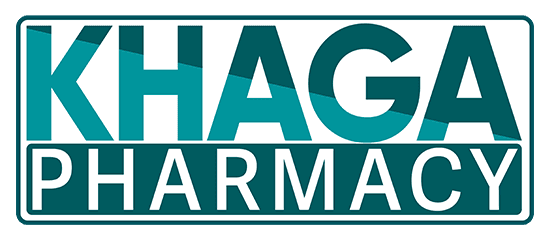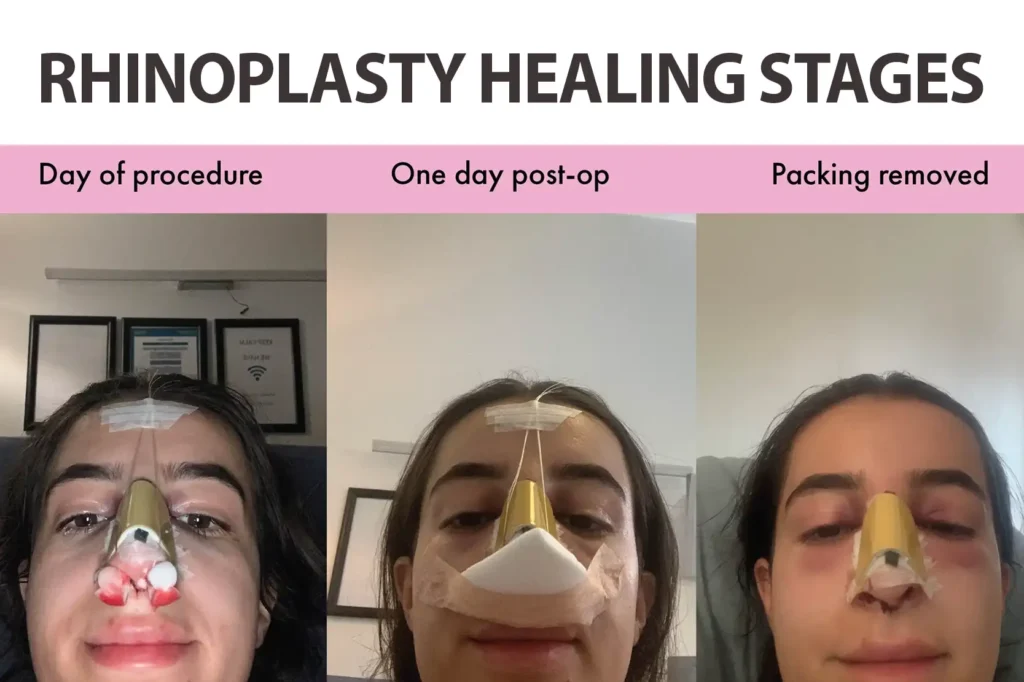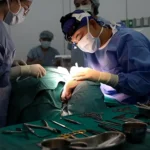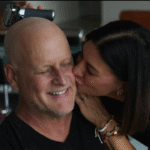Discover the rhinoplasty healing stages with this comprehensive guide! Learn what to expect week-by-week, from initial swelling and bruising to final results. This detailed breakdown covers key recovery milestones, common challenges, and practical tips to ensure a smooth journey after your nose job.
Introduction to Rhinoplasty Healing Stages:
Rhinoplasty, or a “nose job,” is one of the most popular cosmetic surgeries worldwide. If you’re considering this transformative procedure, understanding the rhinoplasty healing stages is essential for managing expectations and ensuring a smooth recovery. Healing from rhinoplasty is a gradual process that requires patience, care, and close attention to your body’s needs. Whether it’s your first surgery or a revision, knowing the timeline and what to expect can help alleviate concerns.
From the initial swelling to the subtle refinements that happen months later, rhinoplasty healing unfolds in stages. In this guide, we’ll break down the process week-by-week, offering practical tips, expert insights, and firsthand advice to ensure you’re well-informed. By the end, you’ll have a clear understanding of how your nose and confidence will evolve post-surgery.
How long does rhinoplasty take to heal completely?
What is Rhinoplasty:
Rhinoplasty, commonly referred to as a “nose job,” is a surgical procedure designed to reshape or enhance the structure of the nose. It can be performed for cosmetic reasons to improve the nose’s appearance and harmonise facial proportions or for functional purposes, such as correcting breathing difficulties caused by structural issues like a deviated septum. The procedure involves modifying the bone, cartilage, or both to achieve the desired results. Rhinoplasty is one of the most popular and transformative plastic surgeries worldwide.
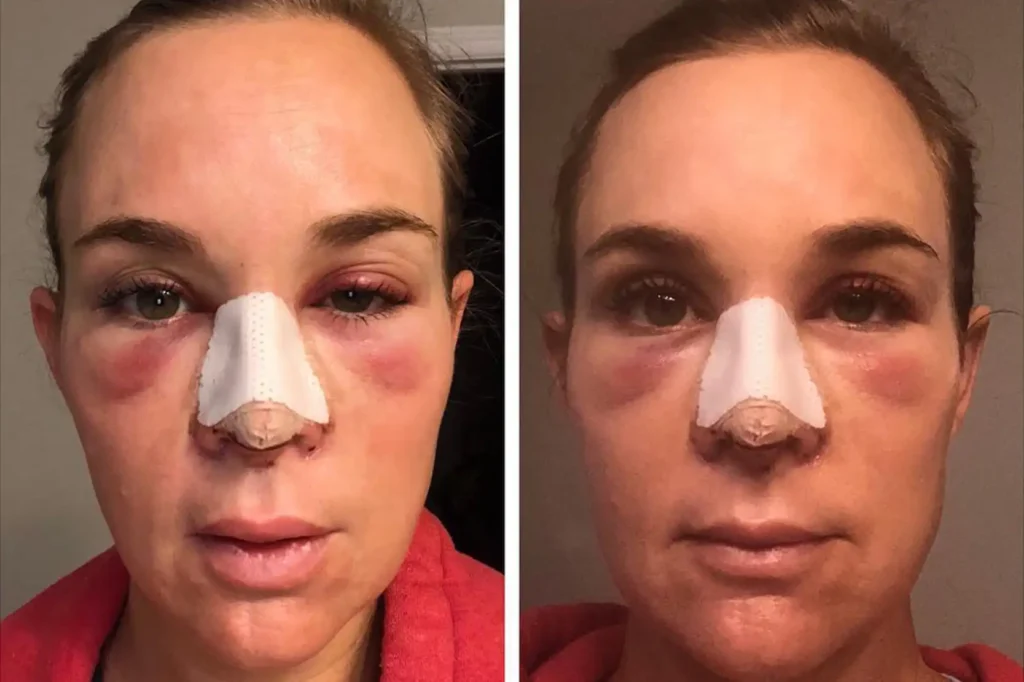
What Are the Stages of Rhinoplasty Healing:
Rhinoplasty healing stages involve initial swelling, bruising, and gradual refinement over 12-18 months. The timeline varies by individual, but here’s a general breakdown.
- Week 1: Immediate post-op phase.
- Weeks 2-4: Visible bruising fades.
- Months 1-3: Major swelling reduces.
- Months 6-12: Subtle refinements continue.
Week-by-Week Rhinoplasty Healing Timeline:
Week 1: The Immediate Post-Surgery Phase: The first week is often the most challenging. After surgery, your nose will be covered with a splint to protect its new shape. You may experience.
- Swelling and bruising around the eyes.
- Congestion due to internal swelling.
- Mild discomfort or pressure.
Tips:
- Rest with your head elevated.
- Avoid blowing your nose.
- Follow your surgeon’s care instructions.
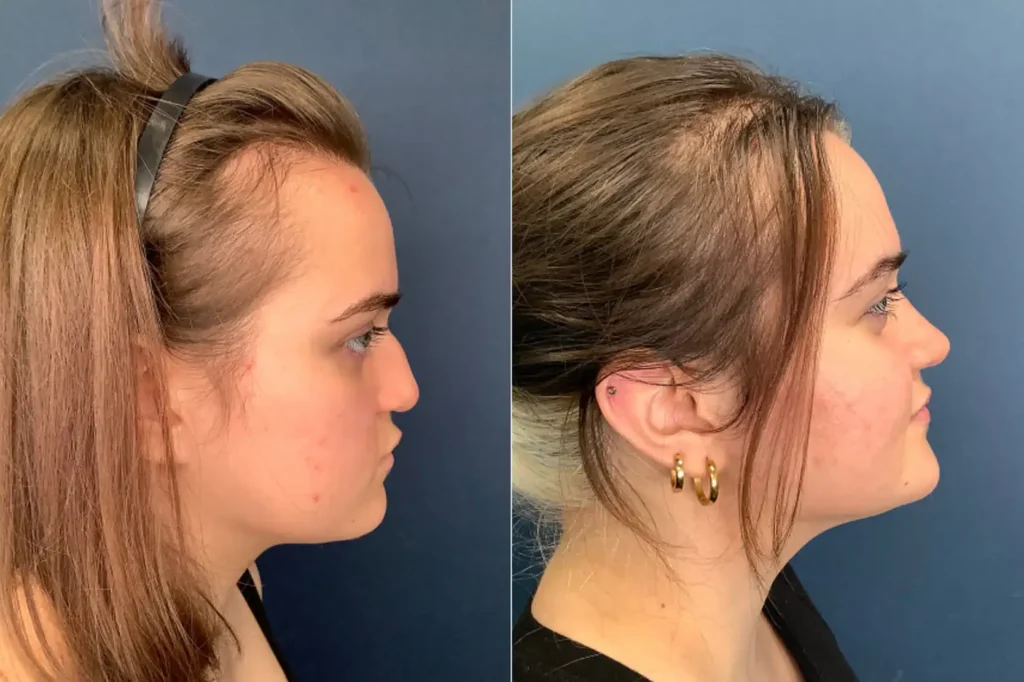
Weeks 2-4: Bruising Fades and Swelling Reduces: During this period, you’ll notice significant improvement. Most bruising fades, and the swelling begins to subside.
- You’ll feel more comfortable resuming light daily activities.
- The tip of your nose may still appear swollen or firm.
Tips: Be gentle when cleaning your face. Avoid strenuous activities or anything that increases blood pressure.
Months 1-3: Major Swelling Resolves: By the third month, most of the noticeable swelling will have reduced, especially on the bridge of the nose. However, the nasal tip often remains slightly swollen longer.
- Breathing typically feels more normal by this stage.
- You can resume most normal activities, including light exercise.
Tips: Protect your nose from the sun to prevent discoloration. Continue attending follow-ups with your surgeon.
Months 6-12: Subtle Refinements and Final Results: The final stages of healing involve minor adjustments and refinements. By the one-year mark, your nose should feel natural, and any residual swelling will be virtually undetectable.
Common Challenges During Rhinoplasty Recovery:
Swelling and Congestion: Swelling peaks during the first 72 hours and gradually subsides. Internal swelling can cause temporary congestion, which may persist for weeks.
Sleeping Difficulties: Sleeping with your head elevated is crucial for reducing swelling. Using a travel pillow or extra cushions can make this more comfortable.
Emotional Adjustments: It’s normal to feel anxious or impatient during recovery. Trusting the process and having realistic expectations are key.
Tips for a Smooth Rhinoplasty Recovery:
Follow Post-Op Instructions: Adhering to your surgeon’s guidelines is the most important factor.
Maintain a Healthy Diet: Foods rich in vitamins and antioxidants can aid in faster recovery.
Be Patient: Remember, healing takes time, and results improve gradually.
FAQ
Most frequent questions and answers
Complete healing from rhinoplasty can take 12-18 months, though major swelling resolves within 3 months.
Light exercise can typically resume after 4 weeks, but avoid intense activities for 6-8 weeks.
Minor swelling, especially at the nasal tip, can persist up to one year but is usually unnoticeable.
Conclusion:
Rhinoplasty Healing Stages is a unique journey for every individual, but understanding the process can make it far less daunting. Patience, proper care, and realistic expectations are the keys to a successful recovery. Always consult your surgeon with concerns and remember that the final results are worth the wait. With the right mindset and preparation, your rhinoplasty transformation can be a rewarding experience.
